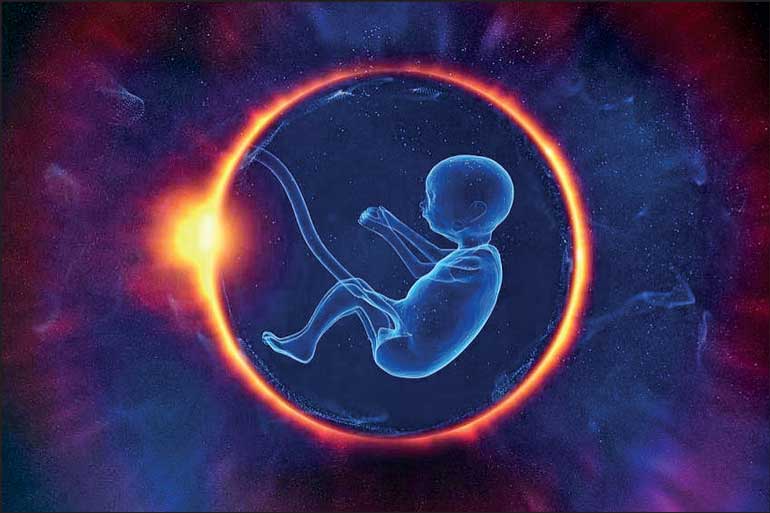Friday Apr 11, 2025
Friday Apr 11, 2025
Friday, 23 June 2023 00:00 - - {{hitsCtrl.values.hits}}

PARIS, AFP: Scientists have used stem cells to create structures that resemble human embryos in the lab, in a first that has prompted calls for stricter regulation in the rapidly advancing field.
Several different labs around the world have released pre-print studies in the past seven days describing their research, which experts said should be treated with caution as the research has not yet been peer-reviewed.
The labs used different techniques to encourage human embryonic stem cells, which can become any type of cell, to self-assemble into a structure that resembles an embryo - without needing sperm, an egg or fertilisation.
The aim is to give scientists a model with which to study human embryos in ways never before possible because of ethical concerns, in the hopes of gaining new insight into the causes of birth defects, genetic disorders, infertility and other problems during pregnancy.
The first announcement was last Wednesday, when Magdalena Zernicka-Goetz of Cambridge University and the California Institute of Technology described her team’s work at the International Society for Stem Cell Research’s annual meeting in Boston.
Her presentation was first reported by The Guardian newspaper.On Thursday, the team of Jacob Hanna at the Weizmann Institute of Science in Israel published a pre-print study detailing their own work on stem cell-based human embryo models.
The Zernicka-Goetz team then quickly published a pre-print of their own, giving more information. Other labs based in China and the United States followed suit, releasing pre-prints late last week.
Researchers have pushed back against media reports calling the clumps of cells “synthetic embryos,” saying that they are neither strictly synthetic, having grown from stem cells, nor should they be considered embryos.
The flurry of data has highlighted the highly competitive nature of research in this field.
Discover Kapruka, the leading online shopping platform in Sri Lanka, where you can conveniently send Gifts and Flowers to your loved ones for any event including Valentine ’s Day. Explore a wide range of popular Shopping Categories on Kapruka, including Toys, Groceries, Electronics, Birthday Cakes, Fruits, Chocolates, Flower Bouquets, Clothing, Watches, Lingerie, Gift Sets and Jewellery. Also if you’re interested in selling with Kapruka, Partner Central by Kapruka is the best solution to start with. Moreover, through Kapruka Global Shop, you can also enjoy the convenience of purchasing products from renowned platforms like Amazon and eBay and have them delivered to Sri Lanka.
Discover Kapruka, the leading online shopping platform in Sri Lanka, where you can conveniently send Gifts and Flowers to your loved ones for any event including Valentine ’s Day. Explore a wide range of popular Shopping Categories on Kapruka, including Toys, Groceries, Electronics, Birthday Cakes, Fruits, Chocolates, Flower Bouquets, Clothing, Watches, Lingerie, Gift Sets and Jewellery. Also if you’re interested in selling with Kapruka, Partner Central by Kapruka is the best solution to start with. Moreover, through Kapruka Global Shop, you can also enjoy the convenience of purchasing products from renowned platforms like Amazon and eBay and have them delivered to Sri Lanka.